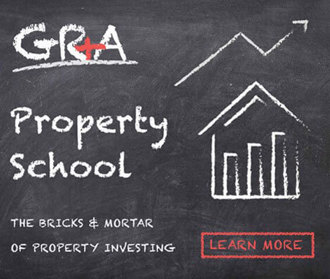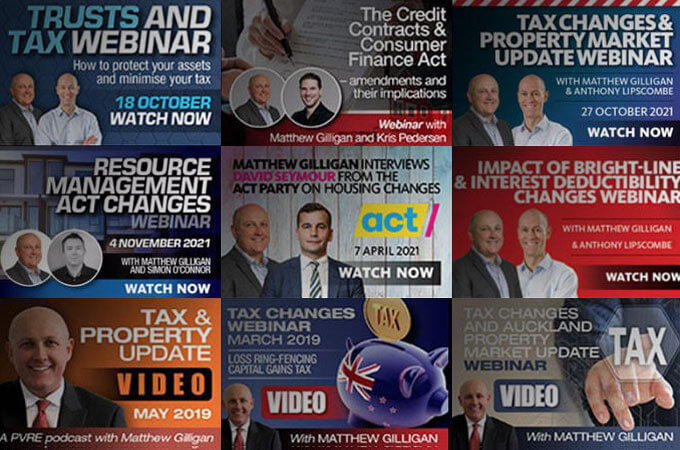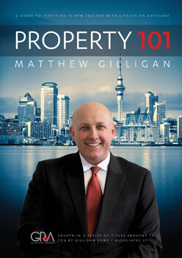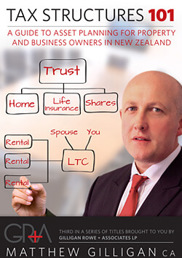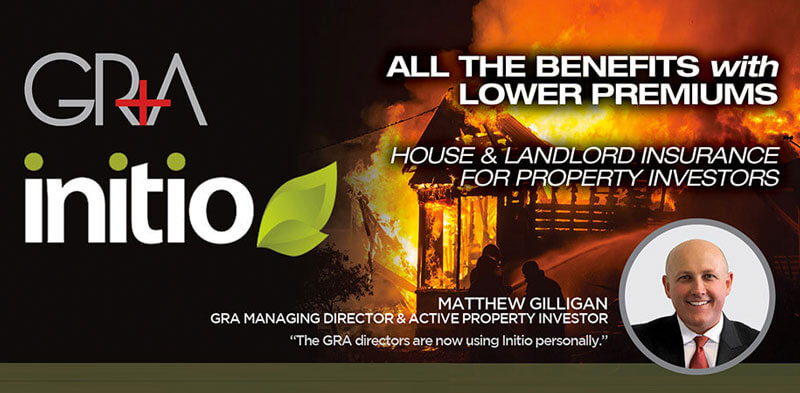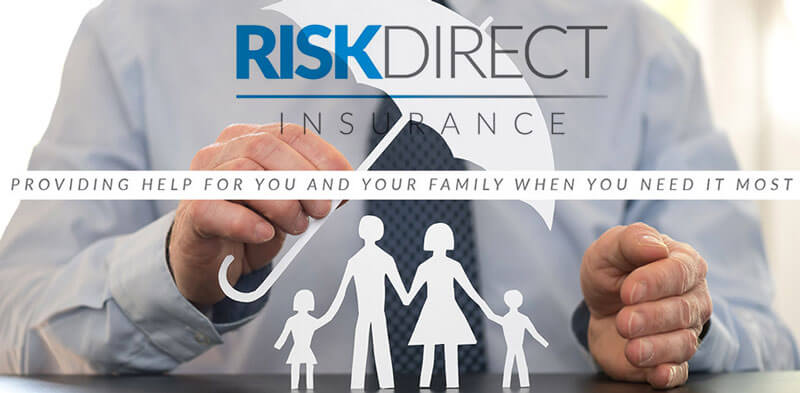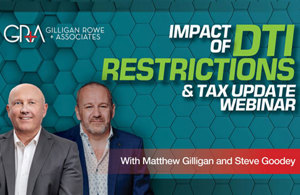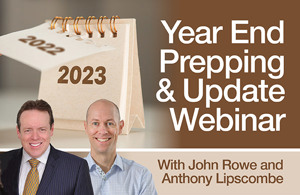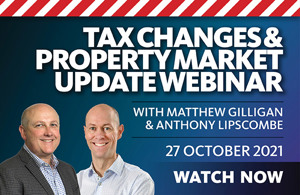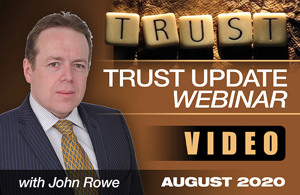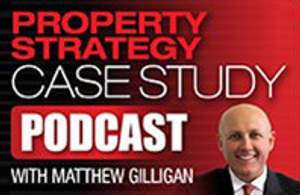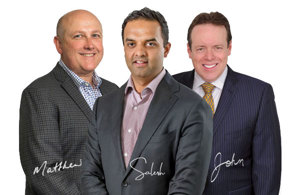
Motor vehicle expenses are a common type of expense incurred across a wide range of businesses. It makes sense to claim vehicle expenses when preparing your tax return, but you need to ensure this is done accurately.
In the modern world, the same vehicle is often used privately in our everyday lives as well as for business, which can make claiming expenses accurately somewhat tricky. Additionally, there are different rules depending on what type of entity you are trading through.
SOLE TRADERS AND PARTNERSHIPS
In order to clearly establish the apportionment between business use and private use, you need to run a logbook. Based on the logbook, there are two options that can be used for the calculation: the cost method based on actual costs, or the kilometre rate method.
Cost method
Under the cost method, you claim a deduction based on the business proportion of your actual motor vehicle costs.
For example, a business owner collects all the receipts and invoices related to motor vehicles expenses (including registration and insurance etc), which total to $12,500. Based on the logbook, 60% of the vehicle’s use is for business. So, the calculation will be:
$12,500 x 60% = $7,500
Therefore, the total to claim is $7,500.
Kilometre rate method
Under the kilometre rate method (also often referred to as "mileage"), you are required to keep a logbook for at least 90 consecutive days to determine the proportion of business use versus personal use. This is then applied for a term of up to three years.
You must make an election to use the kilometre rate method. Once the election is made, it is irrevocable, and the kilometre rate method must be used until the vehicle is disposed of. In other words, you cannot switch between the kilometre rate and cost methods.
It is important to note that without the election, you are deemed to have chosen the cost method.
Two tiers of rates for the kilometre method
There are two tiers of rates for the kilometre method.
• Tier 1: 95 cents* per kilometre for the first 14,000 kilometres related to business use.
• Tier 2: Over 14,000km, the rate per kilometre drops significantly to 34 cents* (This Tier 2 rate applies to petrol and diesel vehicles. Tier 2 rates are different for hybrid and electric vehicles, at 20 cents and 11 cents respectively.)
**Note the per kilometre rate changes regularly - check the IRD website for the latest rates. The above rates are as of 17 May 2023.
Example: A car is used for business and private use. The logbook shows the car is used 60% of the time for business purposes, and travelled 20,000 kilometres for the year. So the calculation will be:
14,000km x 95 cents x 60% = $7,980
Plus (20,000 – 14,000) x 34 cents x 60% = $1,224
Therefore, the total to claim is $9,204.
What if I don’t keep a logbook?
If you don’t run a logbook, then deductions are limited to 25% of the use of the vehicle. So for the cost method, this means you can claim 25% of your actual costs.
For the kilometre rate method, you can only apportion a maximum of 25% of the kilometres travelled to business use, with the same tier rates applying. This means that without a logbook, Tier 1 equates to the first 3,500 business kilometres (14,000 x 25%).
Example: To illustrate, we’ll use the same circumstances as in the example as above, i.e. the car is used for business and private use and travelled 20,000 kilometres. At least 25% (or 5,000km) was for business, but this time, no logbook was maintained. Now the calculation looks like this:
3,500km x 95 cents = $3,325
Plus (5,000km – 3,500km) x 34 cents = $510
Therefore, the total to claim is $3,835.
By not keeping a logbook, in this instance, you miss out on a claim of $5,369.
In summary, if your business use is more than 3,500km per year, it is well worthwhile keeping a logbook for the first 90 days to be able to claim the full deduction you are entitled to.
COMPANIES
Ordinary companies with five or fewer shareholders have different rules that they are required to follow in relation to motor vehicle expenses.
Fringe Benefit Tax
Fringe benefit tax (FBT) must be calculated and paid to the IRD if a company’s vehicle is available to employees and/or shareholder employees to use privately, even if they do not actually use it. The FBT regime is complicated to follow, especially in relation to the quarterly calculations and annual FBT reconciliations, so seek help from a qualified accountant.
If the vehicle is temporarily unavailable for private use (for example, being repaired), or it was used for an emergency call, then it is exempt from FBT during that period.
Exemptions from FBT
Fringe benefit tax does not apply if you notify your employees in writing that the vehicle is not available for private use, except for travelling between home and work and travel related to the business (e.g. detouring to the post office for business related matters on the way to work).
To be exempt from FBT, there should be a separate document outlining the conditions, which is called a restrictive use agreement. Please get in touch with us if you need one.
Cost or kilometre methods for companies
Close companies are also allowed to use the cost or kilometre rate methods as an alternative to paying FBT, provided that the vehicle is the employee’s only non-cash benefit. The election should be made via the company’s tax return and once it is done it cannot be revoked.
SUMMARY
Claiming motor vehicle expenses can be complicated. You need to consider various factors, including the business entity, and whether you are required to pay fringe benefit tax. Please get in touch with us if you have questions around vehicle mileage or would like to discuss this in more detail: Ph +64 9 522 7955, [email protected] or via our website.

Anna Loginova
Partner
Did you like this article? Subscribe to our newsletter to receive tips, updates and useful information to help you protect your assets and grow your net worth. We're expert accountants providing expert advice to clients in NZ and around the world.
Disclaimer: This article is intended to provide only a summary of the issues associated with the topics covered. It does not purport to be comprehensive nor to provide specific advice. No person should act in reliance on any statement contained within this article without first obtaining specific professional advice. If you require any further information or advice on any matter covered within this article, please contact the author.
Comments
Testimonials
Juliette thank you for being so onto it today in getting those matters resolved. I have been really impressed with your prompt service. This reflects very well on the company indeed. Kind regards - Heather - August 2015
Gilligan Rowe and Associates is a chartered accounting firm specialising in property, asset planning, legal structures, taxation and compliance.
We help new, small and medium property investors become long-term successful investors through our education programmes and property portfolio planning advice. With our deep knowledge and experience, we have assisted hundreds of clients build wealth through property investment.
Learn More




